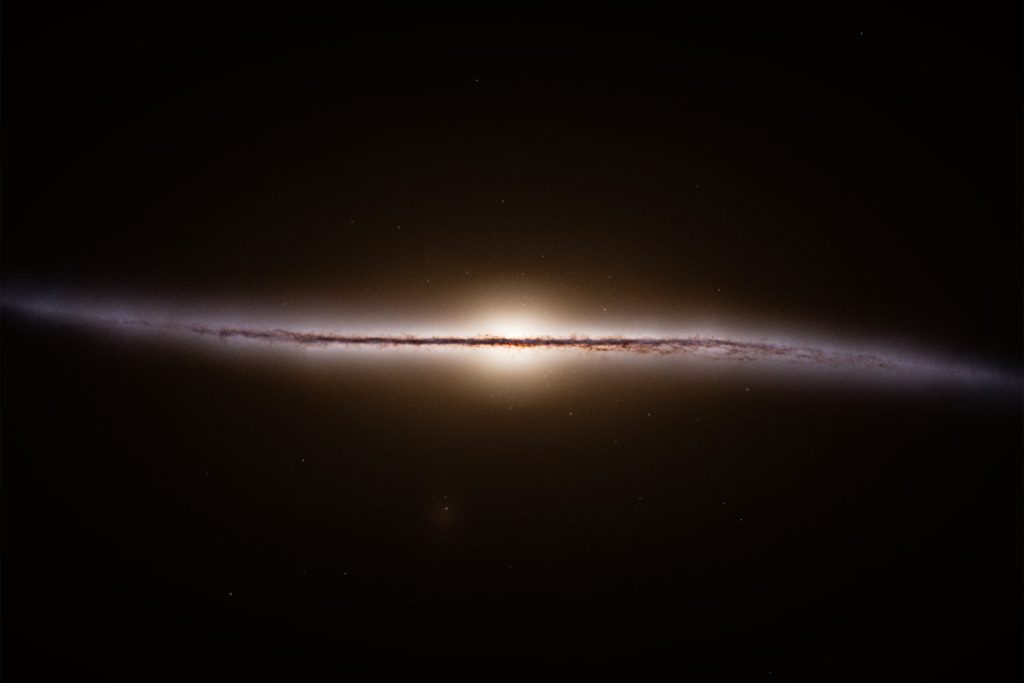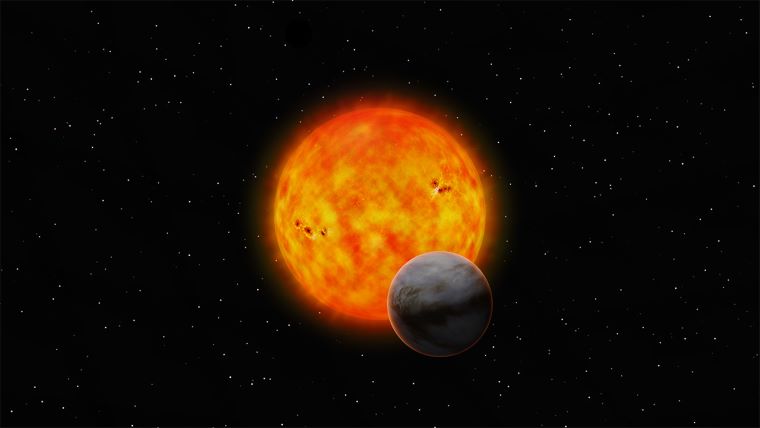Legendary Gaia Spacecraft Maps Entire Galaxy, Promptly Retires – Gizmodo

The European Space Agency’s Gaia mission has completed one of its major charges: delivering a map of the Milky Way galaxy, comprised of trillions of observations taken over a 10-year space.Between July 24, 2014 and today, Gaia took more than three trillion observations of two billion stars and other objects in our galaxy. The result of the spacecraft’s endeavors is nothing less than the largest, most precise map of our galaxy to date. Its work complete, and with the spacecraft running out of fuel, Gaia is now slated for retirement.The trove of data pulled in by Gaia has enabled scientists to produce the best reconstructed view of how our galaxy might appear to an outside observer; the edge-on reconstruction is above and the face-on view is below.Gaia’s data revealed that the Milky Way has more than two spiral arms, which are less prominent than previously thought. The brighter splotch in the center of the galaxy is the galactic bulge (which looks bulgier in the image at top), wherein resides Sagittarius A*, a supermassive black hole.Gaia data has revealed a plethora of intriguing objects in our galaxy; in April 2024, scientists revealed the heaviest stellar-mass black hole in the Milky Way, just 2,000 light-years from Earth. (In 2022, Gaia data included the closest-known black hole to Earth, a relatively small compact object just 1,600 light-years away.)In June of last year, scrutiny of Gaia data indicated that interactions between the Milky Way and another galaxy may have occurred billions of years later than previously thought, shaking up theories of our galaxy’s evolution.“Gaia has changed our impression of the Milky Way,” said Stefan Payne-Wardenaar, scientific visualizer for the Haus der Astronomie in Germany, in a press release. “Even basic ideas have been revised, such as the rotation of our galaxy’s central bar, the warp of the disc, the detailed structure of spiral arms, and interstellar dust near the Sun.”Among the spacecraft’s many accomplishments: Gaia measured the orbits of more than 150,000 asteroids with precision, and produced a three-dimensional map of more than one million quasars, the largest of its kind.“The distant parts of the Milky Way remain educated guesses based on incomplete data,” Payne-Wardenaar added. As more Gaia data becomes available, “our view of the Milky Way will become even more accurate,” he said.The spacecraft is nearly out of fuel now; when its tank is fully expended, Gaia will be moved into a retirement orbit. In the coming weeks, Gaia will undergo several technology tests that will prepare the spacecraft for that end-game orbit.But the spacecraft’s story will live on after its observational work is done. Next year, the mission is expected to put out its next data release, with another data release slated for the end of the decade. Gaia has produced 500 terabytes of data so far—and that’s just from 5.5 years of the spacecraft’s observations.“After 11 years in space and surviving micrometeorite impacts and solar storms along the way, Gaia has finished collecting science data,” said Johannes Sahlmann, a Gaia project scientist, in an ESA release. “Now all eyes turn towards the preparation of the next data releases.” At least 500 terabytes of data are expected to be released in next year’s data dump, which could include data on new exoplanets and binary star systems.Gaia will be passivated—made electrically inert—on March 27, to mitigate any interference between the veteran mission and other spacecraft still at work.
ESAmapsMilky WayTelescopes
Get the best tech, science, and culture news in your inbox daily.
News from the future, delivered to your present.
Please select your desired newsletters and submit your email to upgrade your inbox.
Researchers found far more hidden black holes than previously known, indicating plenty of behemoths lurking in thick clouds of gas and dust.
The BepiColombo mission successfully completed its sixth flyby of the innermost planet, moving closer to its final goal of entering its orbit.
A year of discovery awaits, with missions poised to reveal new insights about our home planet, solar system, galaxy, and beyond.
Layers of ice and dust create a winter wonderland on Mars in stunning new images.
From black hole jets to auroras on Mars, this year had plenty of astrophysical wonder.
The European rocket lifted off for the first time in 2022, but a troubling motor issue led to a mission failure.
Best of CES 2025 Awards ➜We may earn a commission when you buy through links on our sites.
©2025 GIZMODO USA LLC. All rights reserved.Mode
Follow us
Mode
Follow us
Source: https://gizmodo.com/legendary-gaia-spacecraft-maps-entire-galaxy-promptly-retires-2000550606




